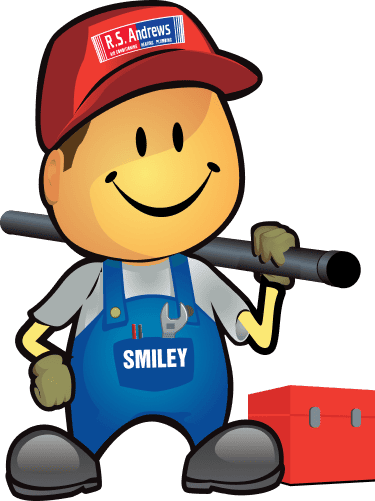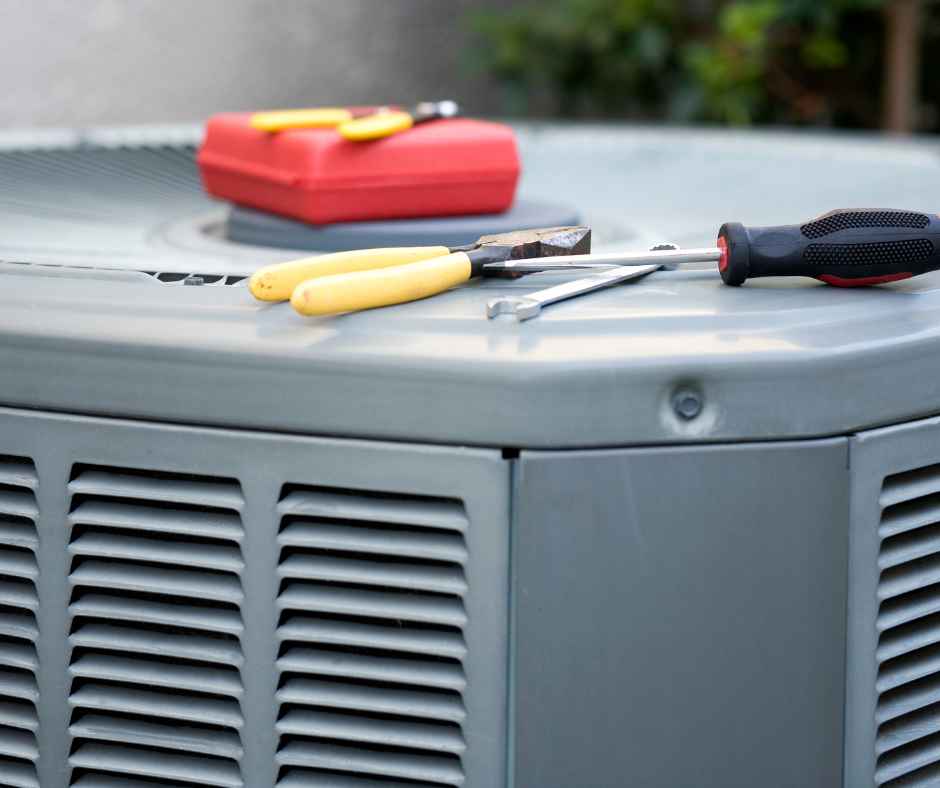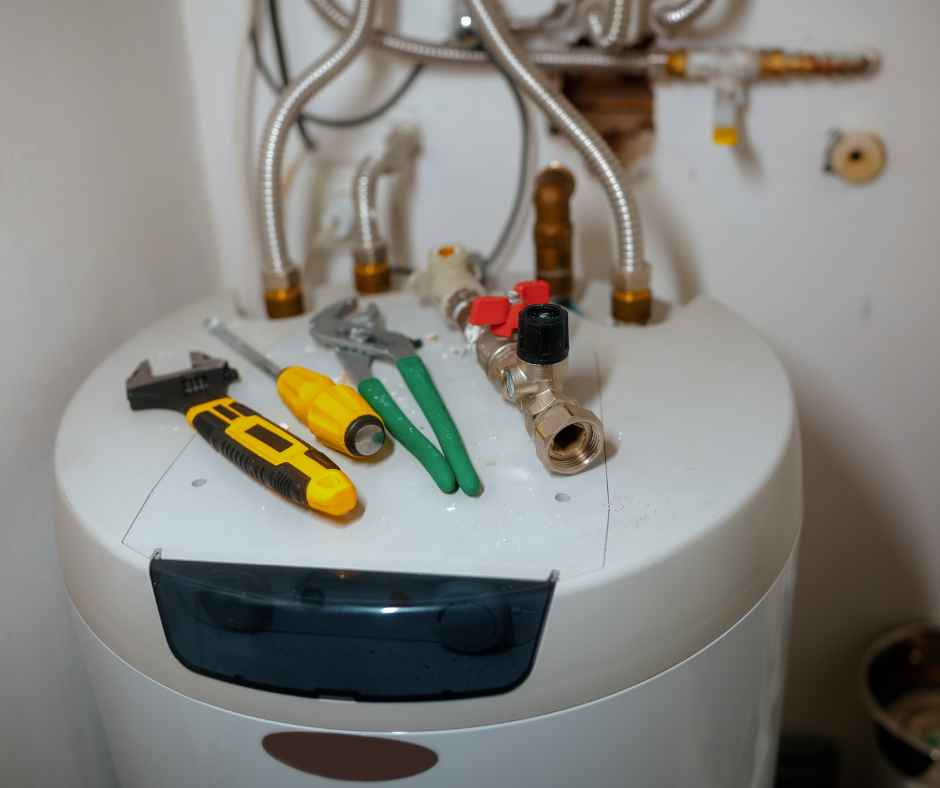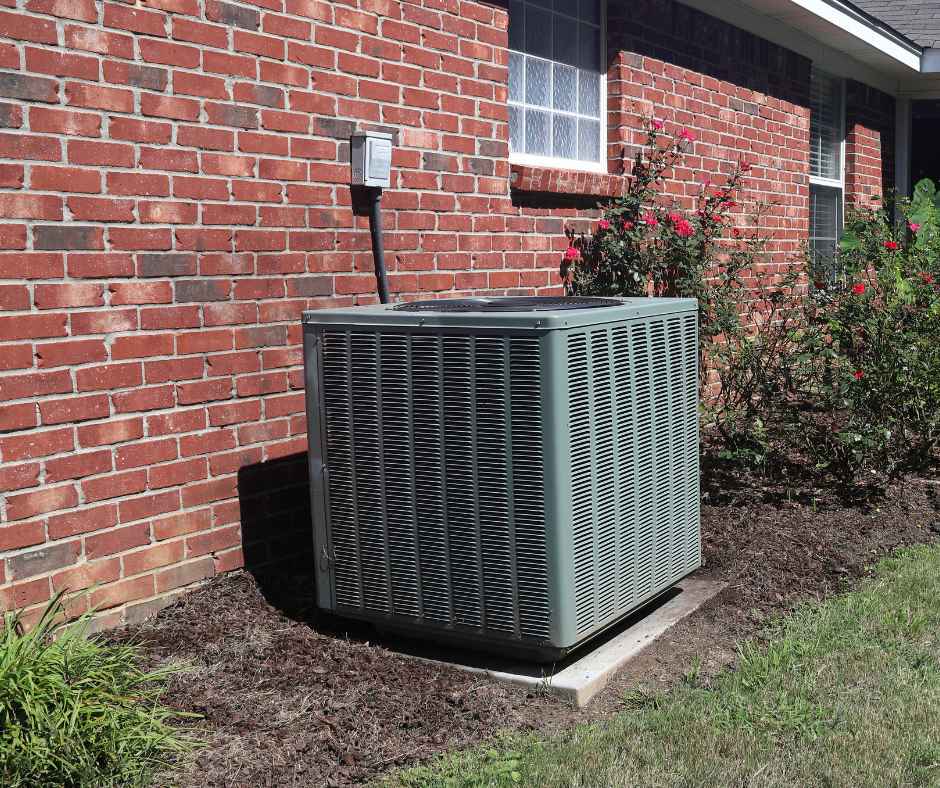Serving Bluffton, Hilton Head & Savannah
Water Pressure Problems? Here’s How to Tell If It’s a Pipe Issue or Something Else
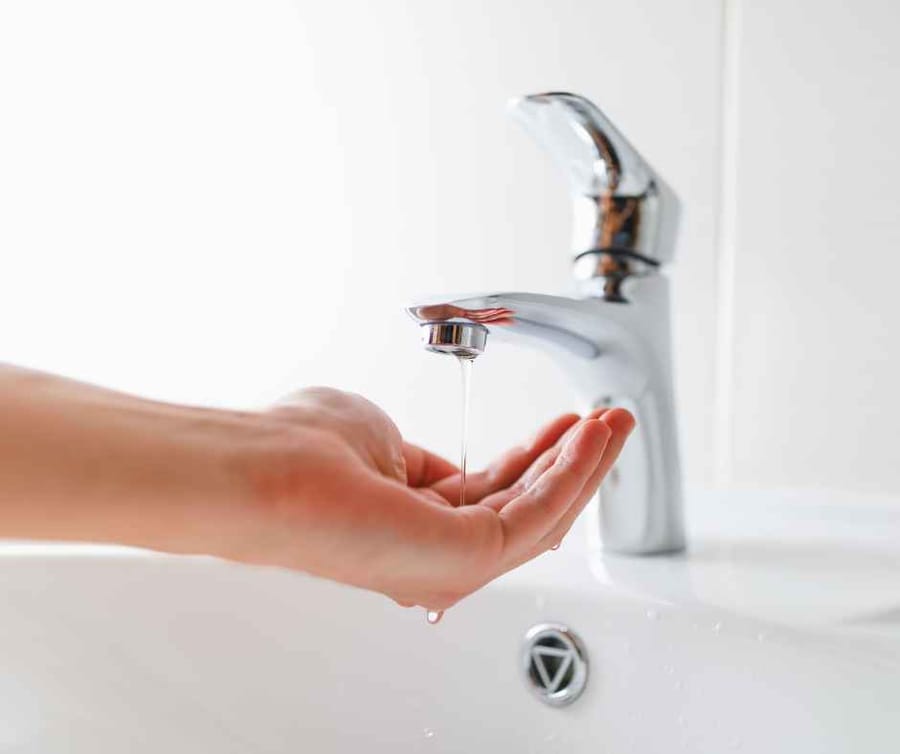
Few things are more frustrating than turning on the shower and getting a weak stream instead of a steady, refreshing flow. Water pressure plays a big role in daily comfort, whether you are washing dishes, doing laundry, or taking a shower. When the pressure drops—or spikes unexpectedly—it can disrupt routines and leave you wondering what is wrong with your plumbing.
While pipe damage is often suspected, it is not the only cause of water pressure issues. In fact, several other factors, from a faulty pressure regulator to issues with your municipal water supply, can lead to similar symptoms. Knowing how to distinguish between these possibilities is key to solving the problem quickly and effectively.
In this blog, we will explore the most common reasons behind water pressure problems, explain how to tell if your pipes are to blame, and offer tips for troubleshooting. With the right approach, you can determine whether it is a simple fix you can handle yourself or a job for a professional plumber.
Why Water Pressure Matters
Consistent water pressure is essential for both comfort and functionality in your home. From a strong, steady shower to efficient appliance performance, the right pressure ensures your plumbing system delivers water exactly where and when you need it. When pressure is too low, simple tasks like rinsing dishes or filling the bathtub can take much longer than they should.
Water pressure also affects efficiency. Low pressure can cause appliances like washing machines and dishwashers to run longer cycles, using more water and energy. On the other hand, high pressure might feel satisfying at first, but it puts strain on pipes, seals, and fixtures, leading to leaks, breakdowns, and costly repairs.
Sudden changes in water pressure are often a sign of a developing problem that should not be ignored. Whether it’s a hidden leak, a clogged pipe, or an issue with your water supply, prompt attention can prevent more serious—and expensive—damage to your home.
Common Signs of Water Pressure Problems
Recognizing the signs of water pressure issues early can help you address them before they cause bigger problems. The symptoms can vary depending on whether the pressure is too low or too high, and each can point to different underlying causes.
Symptoms of Low Water Pressure
Low water pressure often makes itself known in subtle but frustrating ways:
-
Weak or inconsistent flow from faucets and showerheads
-
Washing machines and dishwashers taking longer to complete cycles
-
Uneven water pressure between different fixtures in the home
Symptoms of High Water Pressure
High water pressure may seem like a good thing, but it can be just as damaging as low pressure:
-
Banging, knocking, or “water hammer” sounds in pipes when fixtures are turned on or off
-
Frequent leaks or dripping faucets that return even after repairs
-
Shortened lifespan of appliances such as water heaters, washing machines, and ice makers
By paying attention to these signs, you can begin to narrow down the possible causes and take steps to address the issue before it worsens.
Common Causes of Water Pressure Problems
Not all water pressure problems are caused by damaged pipes. Sometimes, the source is much simpler—and easier to fix—while other times it points to more serious plumbing issues. Understanding the possible causes can help you determine whether you are dealing with a quick adjustment or a major repair.
When It’s a Pipe Issue
Your pipes play a critical role in maintaining proper water pressure, and certain conditions can restrict water flow:
-
Corrosion or buildup inside pipes that narrows the water pathway over time
-
Hidden leaks that allow water to escape before it reaches your fixtures
-
Broken or clogged water lines caused by aging infrastructure or debris entering the system
When It’s Something Else
Sometimes the problem lies outside of your home’s piping:
-
Malfunctioning pressure regulator that fails to maintain proper water pressure levels
-
Partially closed shut-off valve that limits water flow into your home
-
Municipal water supply issues such as temporary maintenance or line breaks in your area
By identifying whether the cause is inside your home’s plumbing system or external, you can decide on the best next step—whether that’s a DIY fix, contacting your utility provider, or calling a professional plumber.
How to Troubleshoot Water Pressure Problems
Once you notice a change in water pressure, a few quick checks can help you narrow down the cause before deciding on repairs. These steps can save time, reduce frustration, and help you determine whether professional help is necessary.
DIY Checks
Start by inspecting your shut-off valves. Make sure the main water valve and any localized fixture valves are fully open. Sometimes, a partially closed valve is all it takes to reduce water flow.
Use a water pressure gauge to measure your home’s pressure. This simple tool attaches to an outdoor spigot and gives an instant reading—most homes should be between 40 and 60 psi. If your reading is far outside that range, you likely have an issue that needs attention.
Next, check multiple fixtures throughout the home. If only one faucet or shower has poor pressure, the problem may be localized to that fixture. If every fixture is affected, the cause is likely within your main water supply or overall plumbing system.
When to Call a Professional
If you discover visible leaks, water damage, or significantly corroded pipes, it is time to call in an expert. Persistent low or high pressure after basic troubleshooting could indicate problems with your pipes, pressure regulator, or municipal connection. A professional plumber can quickly pinpoint the issue and recommend the best long-term solution.
Preventing Future Water Pressure Problems
While water pressure issues can happen unexpectedly, a few proactive steps can reduce the risk of them occurring in the first place. Regular maintenance not only keeps your plumbing system working efficiently but also helps you catch small issues before they turn into costly repairs.
One of the best preventive measures is scheduling annual plumbing inspections. A professional plumber can check for corrosion, leaks, and buildup that might restrict water flow. They can also test your pressure regulator to ensure it is working correctly.
Flushing your water heater once a year helps remove sediment that can affect both water flow and temperature consistency. Likewise, periodically flushing your home’s pipes can prevent mineral buildup that reduces pressure.
Finally, consider replacing aging fixtures, valves, and piping as part of your home maintenance plan. Modern plumbing components are often more efficient and less prone to the wear and tear that can lead to pressure problems.
By combining these habits with quick action when problems arise, you can maintain consistent water pressure and avoid the inconvenience of unexpected disruptions.
Conclusion: Get to the Bottom of Water Pressure Problems
Whether you are dealing with a slow trickle from your shower or hearing loud banging in your pipes, water pressure issues should never be ignored. Identifying whether the problem stems from your home’s pipes or an external cause is the first step toward finding an effective solution. Acting quickly can prevent more serious damage, extend the life of your plumbing system, and restore comfort and efficiency to your home.
Some fixes are simple, but others require the skill and tools of a licensed plumber. If your troubleshooting points to corroded pipes, hidden leaks, or a faulty pressure regulator, professional help is the safest route.
For expert diagnosis and dependable repairs, R.S. Andrews is here to help. Our team can quickly pinpoint the cause of your water pressure problem and provide long-lasting solutions. Contact us today to schedule your plumbing inspection and get your water pressure back where it should be.
Heater on the fritz? Frustrated with plumbing problems? R.S. Andrews is just a call away!
